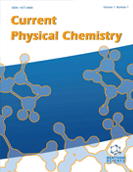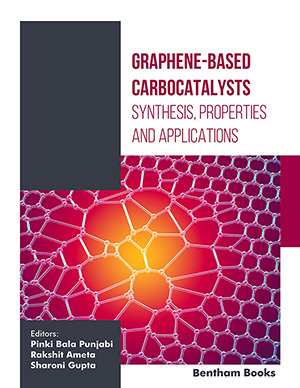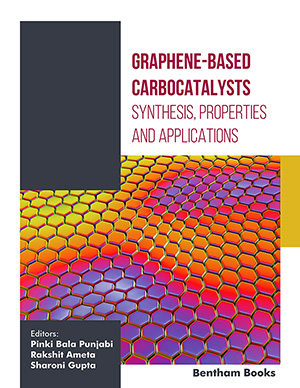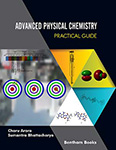Abstract
Molecular electronics involves the use of molecules as basic electronic building blocks. Conventional electronics has reached its fabrication limits using traditional technology, as many research groups seeking to better understand the transport flow of electrons through molecular systems and molecular devices. The quantum nature of these nanoscale (molecular) devices requires a quantum mechanical description. In the current review, we present a non-equilibrium electron transport theory for atomistic bimetal nanojuctions using density functional theory along with the Lippman-Schwinger equation in scattering approaches. Based upon the aforementioned framework, we have calculated the current-carrying wavefunctions of bimetal nanojuctions, which are the essential ingredients to understanding the non-equilibrium quantum electronic transport phenomena. This allows one to explore the quantum transport characteristics of nanoscale systems such as the current-voltage profile, current-induced forces as well as the shot noise and counting statistics. Moreover, thermoelectric phenomena like the Seebeck coefficients, the thermoelectric figure of merit and the local heating were investigated. Also, the quantum transport and the thermoelectric phenomena have been examined in the case of inelastic vibronic coupling contribution. A simple model based on the tight-binding framework and the non-equilibrium Green's function(NEGF)technique is used to get a further understanding of the underlying physics.
Keywords: Current, molecular electronics, nanomotors, non-equilibrium Green’s function, Seebeck, shot-noise, thermoelectric theory, tight-binding.


















